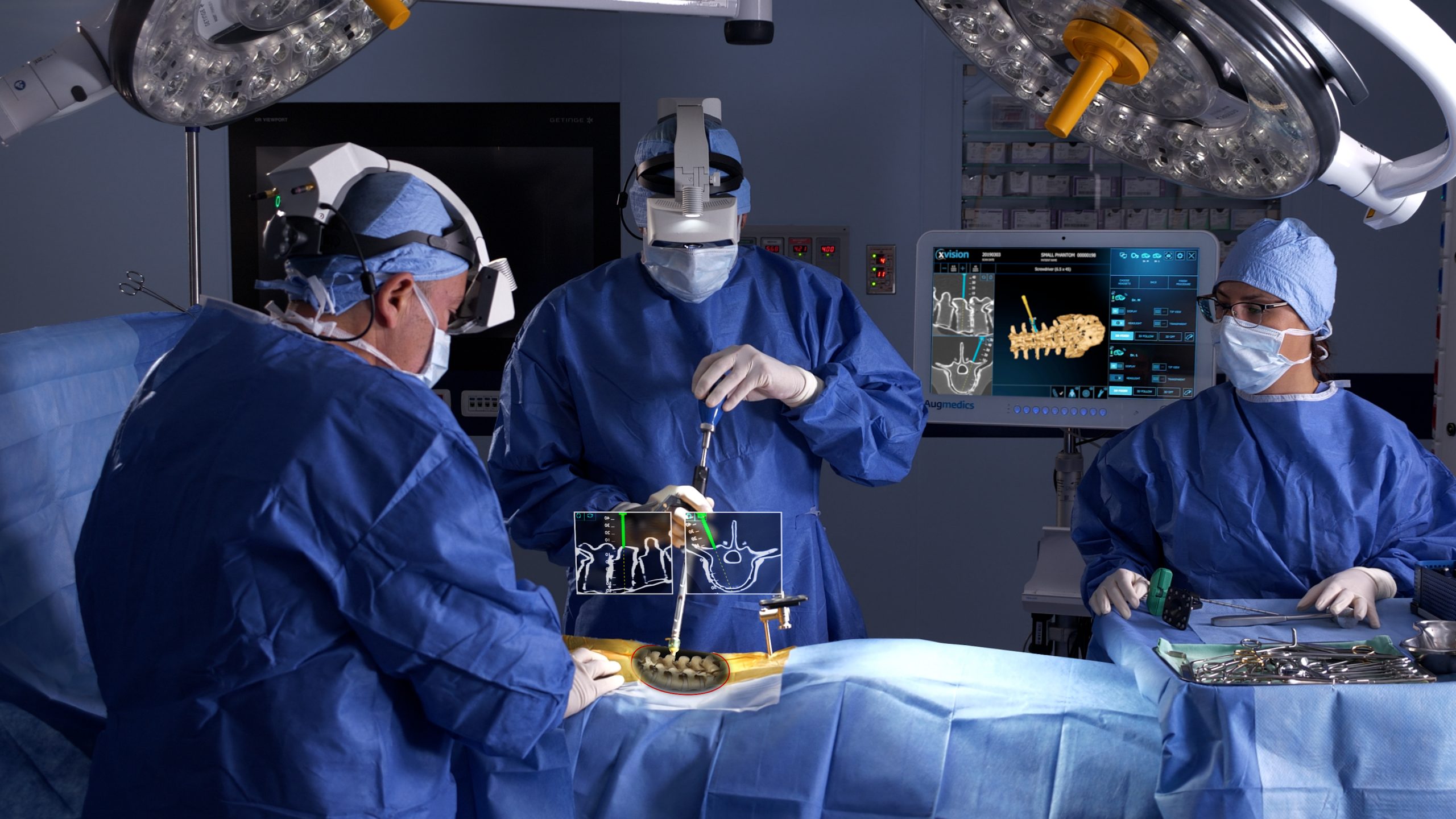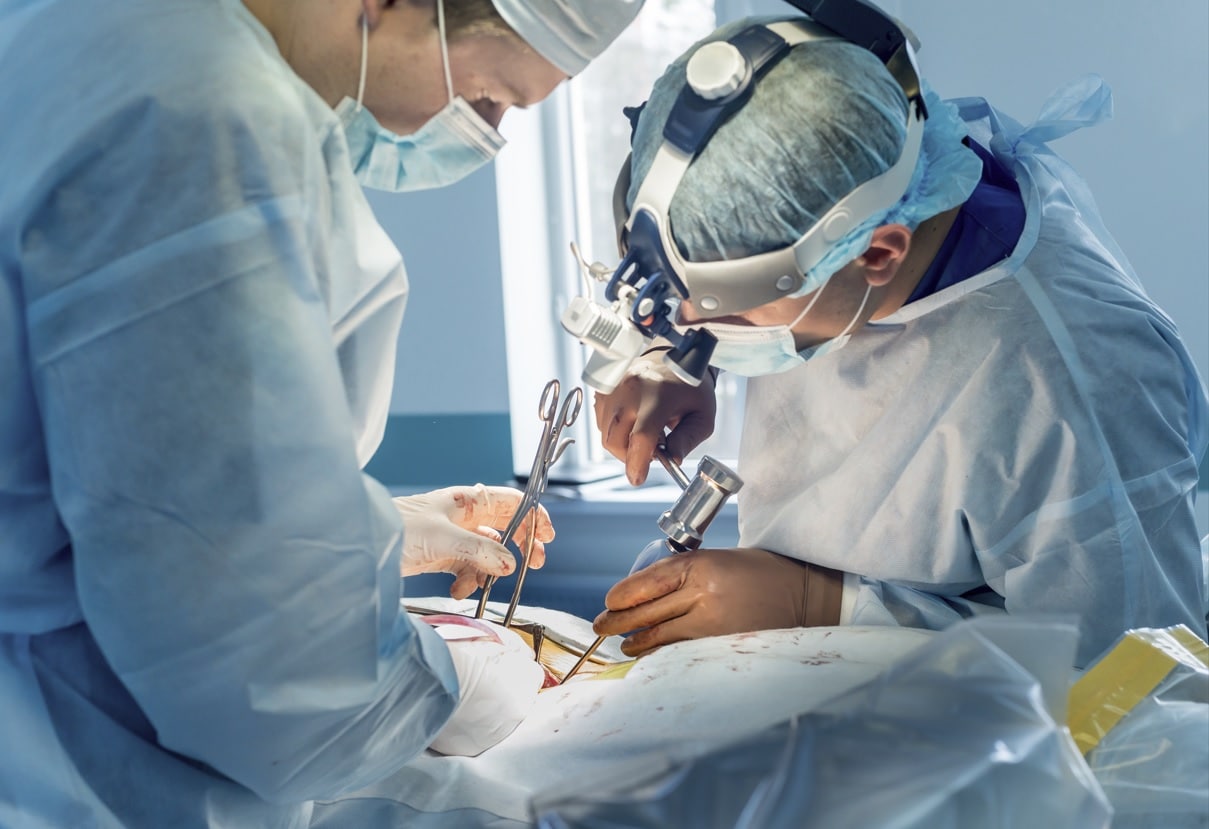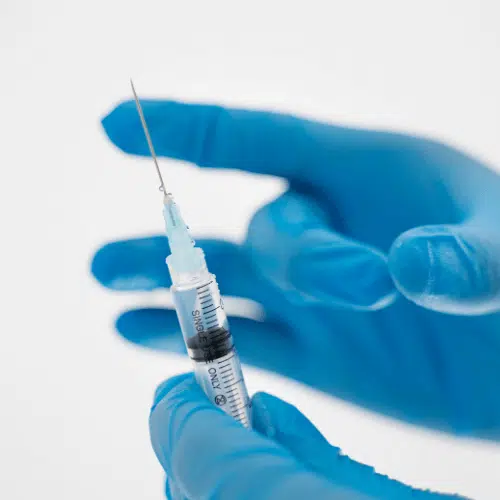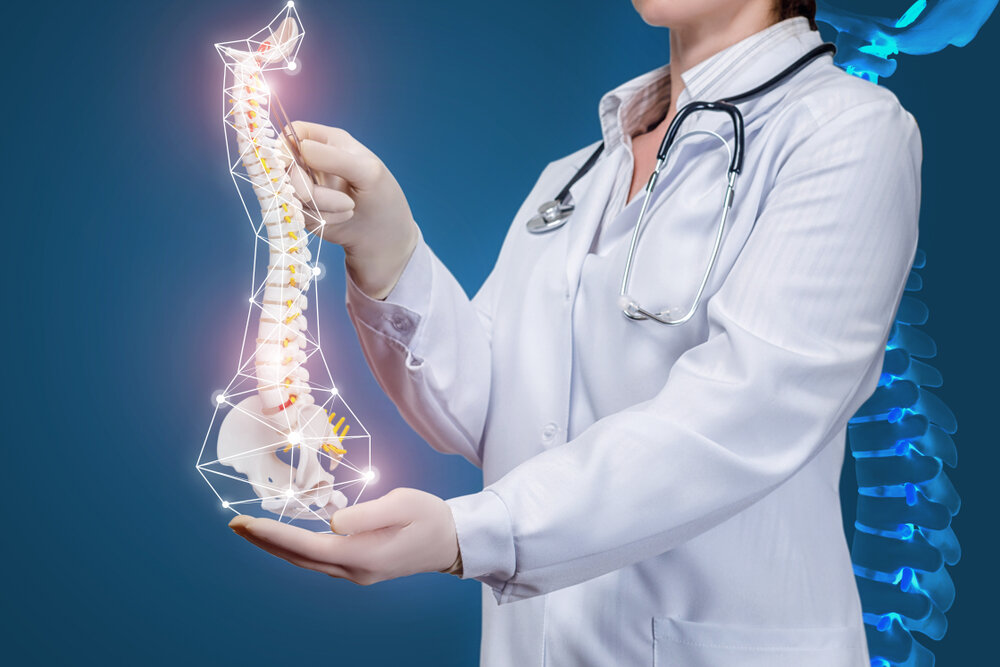Tips for Healing After Surgery with the Best Spine Surgeons in St Louis MO
Tips for Healing After Surgery with the Best Spine Surgeons in St Louis MO
Blog Article
An Introduction of Spine Problems That Commonly Cause Surgical Treatments
Back problems such as herniated discs, spinal stenosis, and degenerative disc illness frequently require surgical treatments when traditional therapies fall short to reduce persistent signs and symptoms. Recognizing the nuances of each problem and the equivalent surgical options, such as discectomy or spine fusion, is essential for reliable management.
Herniated Discs
Although many people with herniated discs might discover relief with traditional therapies, surgical treatment ends up being an essential factor to consider when signs get worse or continue - best spine surgeons in st louis mo. A herniated disc occurs when the soft internal gel of a spinal disc extends through its outer layer, potentially pressing nearby nerves and leading to discomfort, feeling numb, or weak point in the extremities
Traditional administration usually includes physical therapy, discomfort medicines, and corticosteroid injections, which intend to decrease inflammation and improve function. However, in situations where these techniques stop working to ease devastating signs, surgical alternatives might be discovered.
The most usual surgery for herniated discs is a discectomy, which entails the removal of the herniated section of the disc to soothe pressure on the influenced nerve root. In extra extreme situations, spinal fusion might be essential to maintain the affected vertebrae.
Patients are suggested to review the potential dangers and advantages of surgery with their doctor to make an educated decision. Ultimately, the goal of any surgical intervention is to restore feature, alleviate pain, and improve overall top quality of life for individuals suffering from herniated discs.
Back Stenosis
Spine stenosis occurs when the rooms within the spine slim, resulting in raised pressure on the spine and nerves. This problem can create in numerous areas of the spinal column, including the cervical and lumbar locations, often due to age-related adjustments, such as degenerative disc condition, joint inflammation, or enlarging of ligaments.
Clients with spinal stenosis may provide with signs that include discomfort, feeling numb, prickling, or weakness, primarily in the arms or legs. These signs can be worsened by activities that involve standing or strolling, usually leading people to seek relief through traditional therapies like physical therapy, drugs, or epidural steroid injections.
However, when these non-surgical treatments stop working to offer appropriate alleviation, medical options might be considered. Usual operations for spinal constriction include laminectomy, which entails the removal of component of the vertebra to relieve pressure, and back fusion, which maintains the afflicted location. The decision to pursue surgery is commonly based upon the intensity of signs, the level of practical disability, and the overall health and wellness of the person. Prompt medical diagnosis and monitoring are crucial to avoid more neurological compromise and boost top quality of life.
Spondylolisthesis
Spondylolisthesis happens when one vertebra slides forward over one more, leading to misalignment of the spine. This problem can result from different aspects, including genetic problems, injury, or degenerative changes in the spinal column. It is most frequently observed in the back area, specifically at the L4-L5 and L5-S1 degrees.

When non-surgical techniques fall short to ease symptoms or when considerable nerve compression is existing, surgical intervention might be warranted. Surgical choices can include spine blend or decompression procedures, intended at recovering alignment and relieving neurological symptoms.
Degenerative Disc Illness

Individuals with DDD typically experience discomfort that may emit to the legs or arms, depending upon the influenced region of the back. The condition can be detected through a mix of clinical examination, imaging studies, and person history. Therapy alternatives typically start with traditional actions, including physical therapy, discomfort management, and lifestyle adjustments. Nonetheless, when these strategies fall short to give adequate relief, medical treatments might be considered.
Surgical alternatives for DDD might consist of spine fusion or fabricated disc replacement, targeted at supporting the affected section and reducing discomfort (best spine surgeons in st louis mo). Eventually, the choice of treatment is embellished, taking into consideration the severity of the problem, client health, and way of living aspects
Spinal Growths

What variables add to the advancement of lumps within the back, and how do they materialize in people? Spinal growths can emerge from numerous factors, including hereditary proneness, ecological impacts, and pre-existing medical conditions. They can be classified as primary tumors, coming from the spine, or secondary tumors, which spread from other regions of the body. Clients may provide with a series of signs, consisting of local pain, neurological shortages, weakness, or modifications in digestive tract and bladder feature, relying on the lump's dimension and area.
Medical diagnosis usually includes imaging research studies such as MRI or CT scans, which help delineate the tumor's qualities and go to this web-site influence on bordering frameworks. In analyzing learn this here now therapy alternatives, the lump's grade, type, and place are vital factors to consider. Surgical intervention may be called for to relieve signs and symptoms, get a biopsy, or eliminate the growth entirely. The objective of surgical procedure is usually to decompress neural elements and support the spinal column. Adjuvant treatments, including radiation or radiation treatment, may additionally be required depending on the lump's nature. Early detection and treatment are essential for maximizing results in people with spine tumors.
Final Thought
In summary, spine conditions such as herniated discs, spine constriction, spondylolisthesis, degenerative disc disease, and spine growths regularly necessitate surgical treatment as a result of their potential to cause considerable discomfort and functional problems. While conservative therapies might provide temporary relief, surgical choices come to be vital when signs intensify or continue. Prompt medical diagnosis and intervention play a critical role in bring back feature and enhancing the high quality of life for affected people, highlighting the value of thorough spine treatment.

Report this page